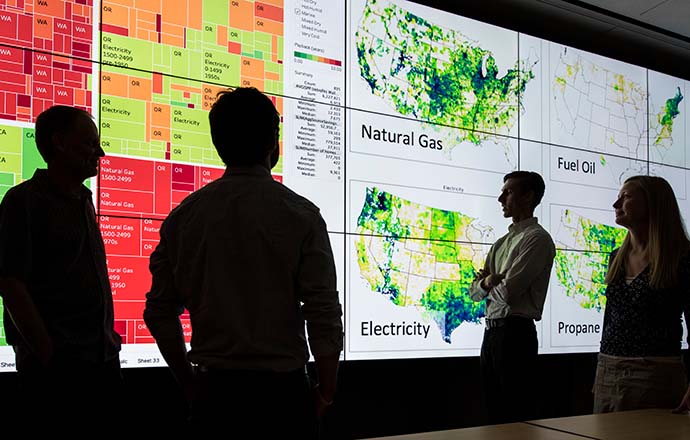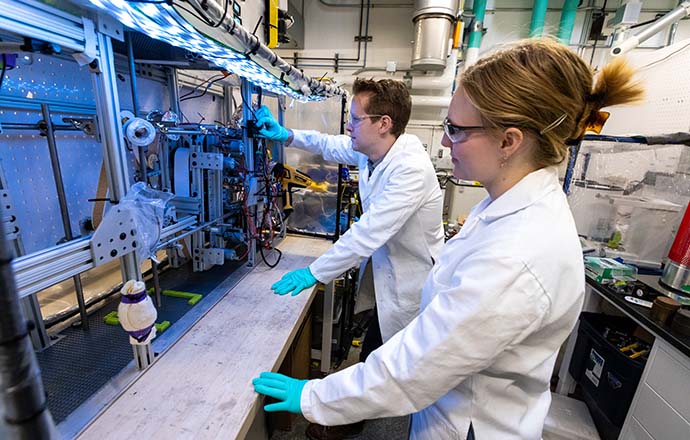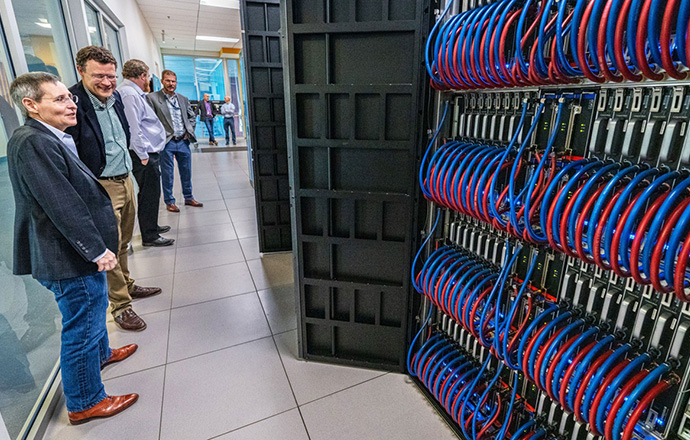Buildings Research
NREL leads cutting-edge research to drive affordable energy solutions and strengthen the reliability of energy systems for buildings.

Building Energy Modeling, Analysis, and Data
A leader in building energy modeling, systems analysis, and physics-based datasets, NREL develops, maintains, and distributes a suite of industry-standard, field-validated platforms. Using NREL's flagship tools and supercomputing capabilities, researchers can analyze various scenarios—scaled up to thousands of buildings, communities, and districts—to advance innovative building technologies and enable affordable, reliable energy solutions. NREL's suite of tools is also the backbone of other physics-based building energy modeling tools across the U.S. buildings sector.

Building Technologies and Solutions Development
NREL's buildings researchers bring together world-class facilities and advanced energy systems integration capabilities to deliver innovative technologies that support abundant, affordable energy for U.S. consumers. Whether it's indoor air quality, HVAC and refrigeration systems, smart building controls, or efficient windows, NREL is examining new ways to lower building energy use and costs.

Validation, Verification, and Integration
Whether in the lab or on the field, NREL's novel capabilities for analysis and research aid in validating the performance and integration of emerging technologies. This expertise is crucial for real-world implementation of new cutting-edge technologies, from new window technologies to smart breaker panels and commercial building HVAC systems.

Optimization and Integration of Energy Systems
NREL is uniquely positioned to provide energy systems expertise to building innovation, allowing our researchers to enhance coordination and systemwide benefits while optimizing forecasting, efficiency, and infrastructure costs. This perspective drives distribution-level solutions to improve investment certainty, reliability, and peak management.

Industrialized Construction Innovation
NREL's industrialized construction innovation work supports the construction and deployment of high-performance buildings by integrating advanced manufacturing techniques with optimized construction and design processes to support scalable, cost-effective, and timely solutions to meet the evolving needs of next-generation buildings and energy infrastructure.
Share
Last Updated Nov. 24, 2025
